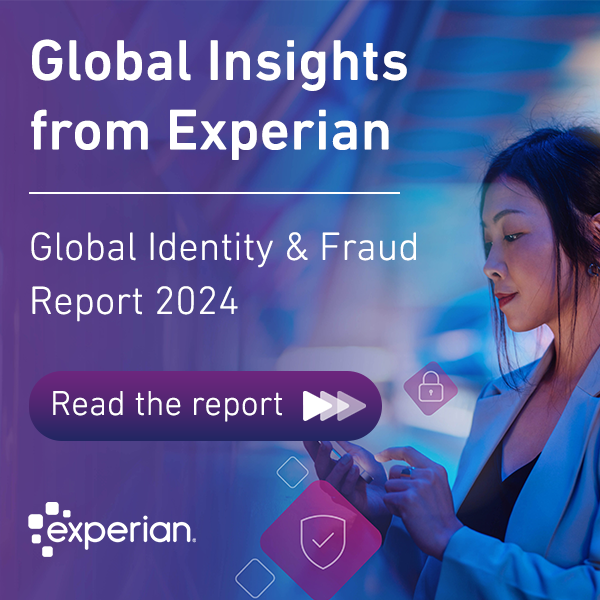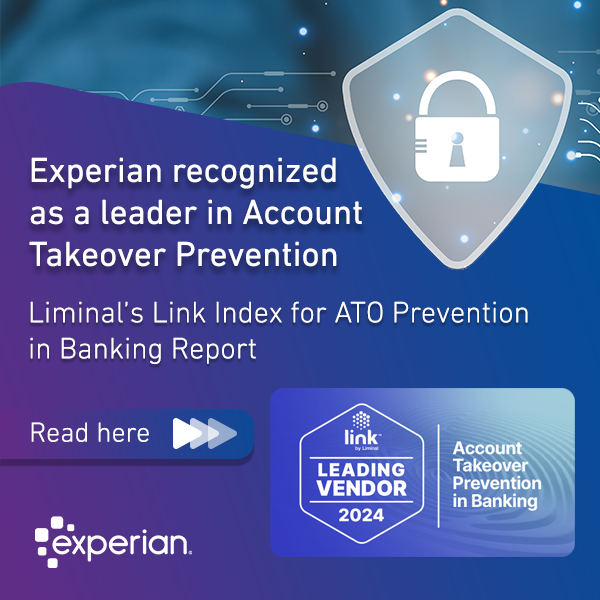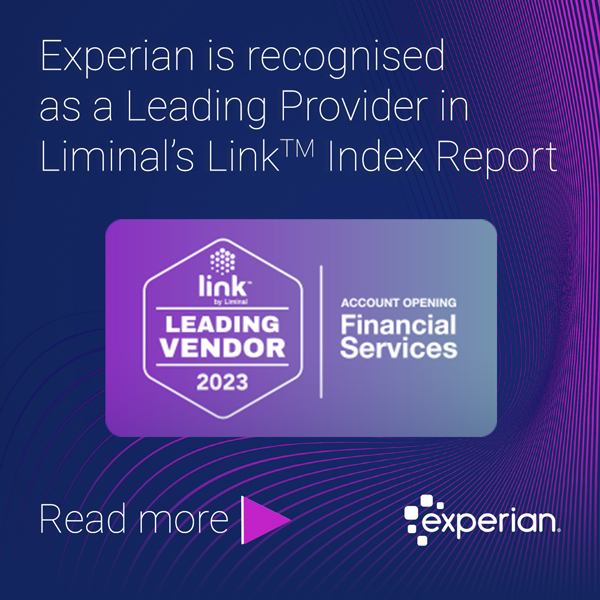With the turn of a new year, there’s positive news that a vaccine is making its way to local communities. As businesses set their goals and strategic agendas, a top question comes to mind: what consumer trends are here to stay post-pandemic. While it’s difficult to predict the future, we believe many of the digital behaviors and expectations observed in the past year will persist, calling upon businesses to do more with their data, analytics, and technology to bridge online and offline customer experiences.

Top 3 predictions:
- Customer demand for digital will increase beyond its need-based role, as more people discover the safety and convenience online interactions provide, even as in-person activities are restored
- Businesses will shift from supporting the digital channel to re-designing the customer journey that seamlessly bridges traditional to digital customer engagement
- Trust for engaging with businesses online will continue to grow as consumers experience the value of their information used for less intrusive security and more contextual products and services
Consumer expectations for digital will continue to grow
Throughout the past year, it’s likely you’ve heard or read that the consumer demand for digital is increasing. It’s important to know there’s been an upward trajectory toward digital for many years but the sudden impact of the pandemic accelerated the consumer appetite for digital engagements. A key finding in Experian’s global research is the pandemic has driven 20% more consumers to use online and mobile channels from April to September 2020, globally. In specific areas that have traditionally been in-person, such as grocery shopping, we’re seeing upwards of a 60% increase in consumers engaging in these activities online. This points to a category of essential activities that have propelled people into digital that maybe otherwise would not have – for example, those over the age of 65. There’s no question the security and convenience of the digital channel will mean some of those consumers will continue to shop and bank online, despite the loosening of lock-downs and in-person behaviors resume.
Businesses will focus on redefining the customer journey
In the early months of the pandemic, many companies adjusted their operations at break-neck speeds to meet their customers’ needs and demands. Some businesses put temporary measures in place and others, with greater capacity for technology innovation, moved up their timelines for implementing strategic digital transformation initiatives. Consumers may or may not know the behind the scenes for how businesses are changing their operations, but their impatience before and during the pandemic is unwavering. In fact, 1 in 3 consumers will wait no more than 30 seconds before dropping out of a transaction if there’s some delay in progressing or completing it. The pressure on businesses to deliver a secure, convenient experience isn’t new but there’s another factor that must be considered. As people return to doing more things in-person, there’s an equally stronger need to bridge customer engagement across both traditional and digital channels in a seamless way. Almost a quarter of businesses we surveyed are already starting to make active investments in re-defining that customer journey.
Consumer trust will continue to increase as more businesses use data for value-add
Covid-19 led to a substantial change in people’s behaviors over a short period of time and many consumers have found themselves more trusting of online engagements than in-person ones. Physical safety, of course, being the greatest concern. While we expect to see people loosening up on self-distancing restrictions and doing more in-person, there’s been a tipping point reached in terms of online engagement, and the consumer trends for digital will persist. In the past year, we’ve even seen indicators that people have a better understanding of how their information is used by businesses. This is especially true when it comes to protecting their identity and preventing fraud. In fact, what our research demonstrates is that consumers are willing to give more information if there’s a perceived advantage – such as tighter yet frictionless security. With this increase trust in businesses, there’s an opportunity for companies to use that information to better connect with their customers and deliver a customer experience that’s unique.
Related stories:




